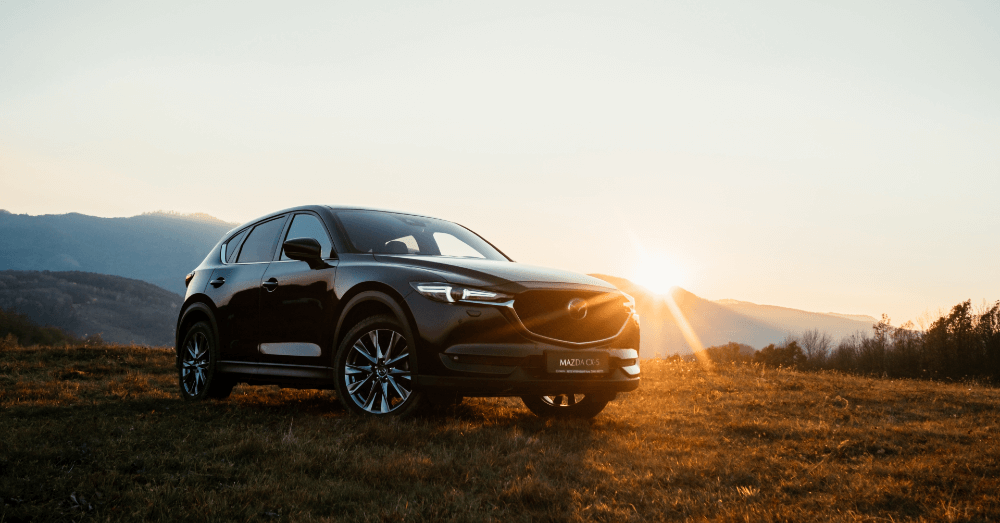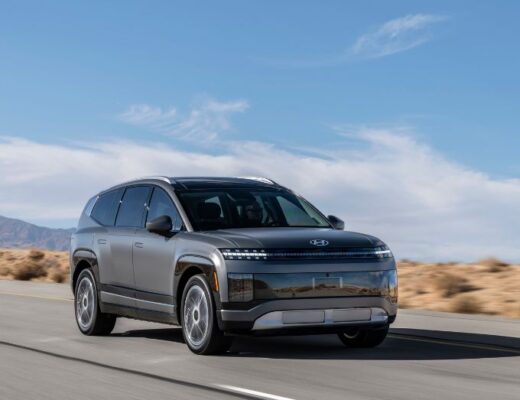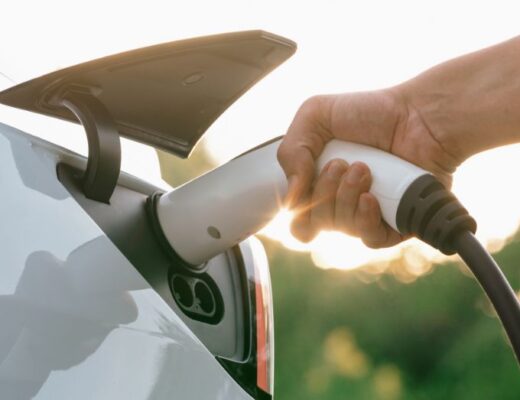Does Mazda have the right strategy for innovation in the EV world? The slow and steady approach might be exactly the right approach in an unpredictable market.
Mazda is scaling back its EV investment by $3.3 billion, opting for a more strategic and cost-effective approach through partnerships with Changan, Toyota, and others. With its “Lean Asset Strategy,” the automaker aims to balance electrification with combustion engine development, ensuring flexibility in an unpredictable market. A new in-house EV is set for 2027 while the brand continues refining hybrid and rotary engine technology. By integrating EVs into existing production lines instead of building dedicated factories, Mazda stays true to its unconventional but effective approach to innovation.
The EV pullback
Most automakers dumped billions of dollars into development of electric vehicles, but now some regret that approach. For automakers that didn’t get into the electric vehicle market as deeply as others, the investments are running stagnant and create losses because the market has cooled. The expected deep dive into EVs has slowed down for several reasons, causing some automakers to scramble for a better strategy than originally planned. Mazda did not take a deep dive into EVs, which could put them in a better position than most.
The only Mazda EV was a flop
The only fully electric Mazda vehicle created, the MX-30, was a complete flop. Had it arrived on the market ten years earlier, it would have been a groundbreaking vehicle, but that wasn’t the case. The MX-30 could only drive 100 miles on a full charge, which was paltry compared to the multitude of electric vehicles with at least 300 miles of driving range. This flop might be a blessing in disguise for the automaker, considering how the EV market is cooling. It gives Mazda the opportunity to rethink its strategy.
Mazda has several strategic partners
The cooler-than-expected climate for EVs in North America has become downright ice cold with the latest presidential administration. This has caused many automakers to rethink their EV goals, and Mazda recently announced a new “Lean Asset” strategy. This means the company will work to leverage its strategic partnerships and focus on developing more hybrid vehicles instead of diving deep into the EV world. If electric vehicles are developed, and they seem to be on the way, they will be based on current models instead of entirely new vehicles. This allows Mazda to build future EVs at the same plants as current ICE and hybrid models.
Mazda’s EV investment reduction
Some of the strategic partnerships that Mazda hopes to work with toward its EV future are Toyota, Denso, and BluE Nexus. Mazda and Toyota have been closely related for many years, creating similar vehicles on shared platforms. These partnerships should allow Mazda to cut its EV plans by $3.36 billion between now and 2030.
Where will Mazda focus its efforts?
Part of the changed Mazda strategy should allow the company to focus heavily on hybrids, with a strong push toward more plug-in hybrid models in its lineup. This change doesn’t mean Mazda is ditching its EV strategies completely but simply scaling them back for now.
During this shift, a new electric platform called SkyActiv-Z could arrive that would debut in the next-generation CX-5 in 2027. The new platform might not be a fully electric setup and could be an in-house hybrid system that expands the PHEV lineup or the brand, but details have been scarce. Mazda expects this new system to see them through the decade while they wait out the EV market to learn more about consumer demands.
Another partner for EV development
Along with the new platform for the CX-5 in 2027, part of Mazda’s strategy is to develop an all-electric vehicle that will launch in 2027 as a new model built in Japan for global introduction. This new EV will have a Panasonic-sourced battery that allows Mazda to lean on another strategy partnership. The goal is to utilize existing production lines to factor in EVs, allowing for a mixed-flow line, rather than building new plants and production lines, which would require significant investments into an unpredictable market.
Does Mazda have the right strategy?
The change in the EV market allows the current Mazda strategy to seem like an extremely intelligent move for the company. The failure of the MX-30 could be a lucky break when all is said and done. Mazda can sit back, survey the market, and develop hybrid models, which have become some of the most popular and sought-after new vehicles on the market today.
This post may contain affiliate links. Meaning a commission is given should you decide to make a purchase through these links, at no cost to you. All products shown are researched and tested to give an accurate review for you.




